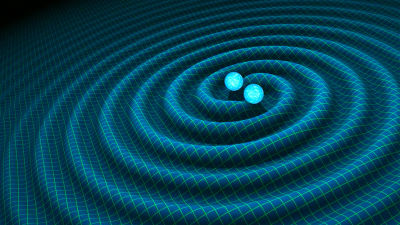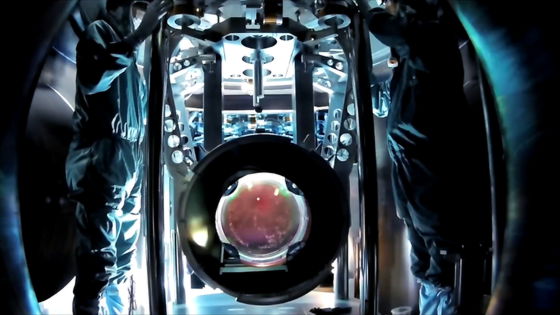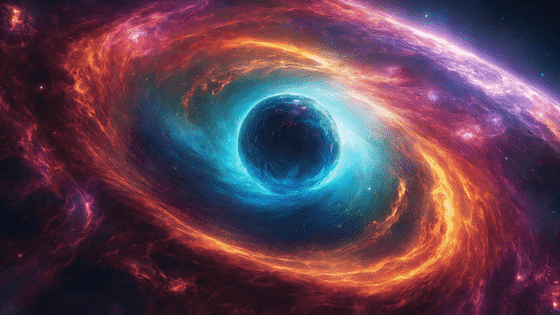Two black holes merge to create a massive black hole with a mass 225 times that of the Sun

by Caltech-LIGO
The international collaboration network of gravitational wave observatories in the United States, Italy, and Japan, LIGO-Virgo-KAGRA (LVK), has detected the largest ever merger of black holes, creating a massive black hole with a mass about 225 times that of the Sun.
LIGO Detects Most Massive Black Hole Merger to Date - www.caltech.edu

Merger of two massive black holes is one for the record books - Ars Technica
https://arstechnica.com/science/2025/07/physicists-detected-the-most-massive-black-hole-merger-to-date/
LIGO , the gravitational wave observatory in Hanford, USA, was the first facility in the world to directly detect gravitational waves in 2015. The gravitational waves detected at this time were generated by the merger of two black holes, which ultimately formed a black hole with a mass 62 times that of the sun.
Finally, gravitational waves have been successfully observed, and space research could be greatly expanded by complementing space observations with light - GIGAZINE

Since then, LIGO has collaborated with Italy's Virgo and Japan's KAGRA to form the international collaborative network LVK, which has successfully observed about 300 black hole mergers since the first gravitational wave was observed in 2015, using not only LIGO but also Virgo and KAGRA.
The most massive black hole merger ever observed was an event called 'GW190521' that occurred in 2021. The mass of the black hole that resulted from this merger was 140 times that of the Sun.
Furthermore, in the gravitational wave 'GW231123' observed on November 23, 2023, two black holes with masses about 100 and 140 times that of the Sun merged to create a black hole with a mass about 225 times that of the Sun. This is the case of GW231123 that was reported this time.
The black holes that merged this time are not only massive, but also rotate at high speeds. Mark Hannam of Cardiff University, a member of the LVK, said, 'This is the most massive black hole binary ever observed through gravitational waves, and it poses a real challenge to our understanding of black hole formation. Standard models of stellar evolution do not allow for the existence of such massive black holes. One possibility is that the two black holes in this binary may have formed from the merger of smaller black holes,' suggesting that the black holes that were formed by merging once may have merged further to become massive.
'This observation further demonstrates how gravitational waves can uniquely reveal the fundamental and exotic nature of black holes throughout the universe,' said LIGO Executive Director Deiu Reitze of the California Institute of Technology.

The high mass and extremely fast rotation of the black hole observed in GW231123 push the limits of both gravitational wave detection technology and existing theoretical models. Extracting accurate information from the signal required the use of models that take into account the complex dynamics of a rapidly rotating black hole.
Charlie Hui of the University of Portsmouth, a member of LVK, said: 'The black hole appears to be rotating extremely fast - close to the limit of Einstein's
LVK's fourth observation phase will begin in May 2023, with additional observation data from the first half (January 2024) scheduled to be released in the second half of summer 2025.

GW231123 will be presented at the 24th International General Relativity and Gravitation Conference (GR24) and the 16th Edoardo Amaldi Gravitational Wave Conference, held jointly at GR-Amaldi in Glasgow, Scotland, from 14-18 July 2025. The calibration data used to detect and study GW231123 will be made publicly available for other researchers to analyze through the Gravitational-Wave Open Science Centre (GWOSC).
Related Posts:
in Science, Posted by logu_ii






